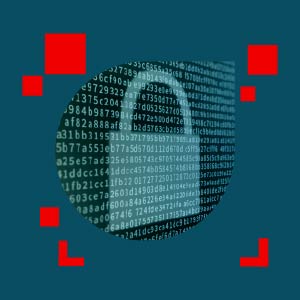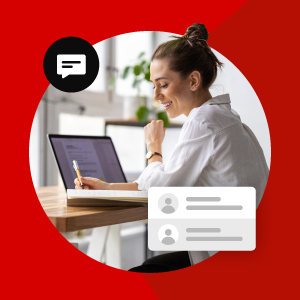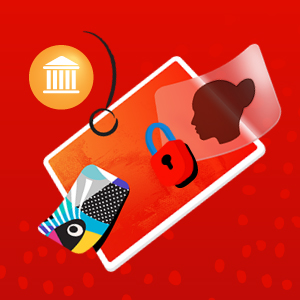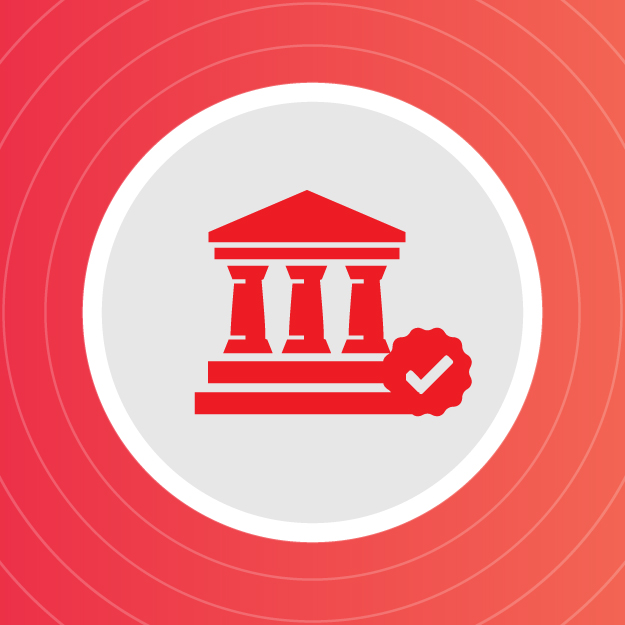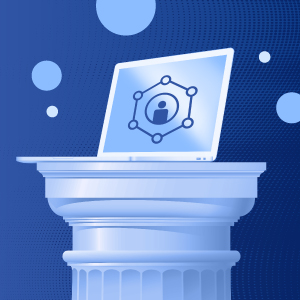At the Government Social Media Conference (GSMCON) 2025, Public Sector communicators, digital strategists and leaders came together to explore the evolving landscape of social media in Government. As a provider and distributor of social media management solutions, Carahsoft and its partners empower Government organizations and enterprises to stay ahead of digital engagement trends and connect with their audiences through innovative, secure and scalable platforms.
Here are our top 5 insights.

Plain Language and Accessibility for Public Outreach
Government agencies have both a legal and ethical obligation to communicate clearly and accessibly with the public. Legislation such as the Plain Writing Act of 2010 and the Americans with Disabilities Act (ADA) requires that public information be understandable and accessible. Beyond regulatory compliance, the use of plain language fosters greater public trust and enhances engagement. In the session “Stop the Scroll: Advanced Strategies for Using Plain Language in Social Media,” speaker Shuly Babitz, the Digital Engagement/Managing Editor of the Department of Health and Human Services (HHS), discussed how clear communication increases the likelihood that messages will be understood and acted upon, particularly on digital platforms like social media, where users often engage with content quickly and under time constraints. Concise sentences, familiar vocabulary and clearly defined terms make content more accessible, whether viewed on mobile devices or read via assistive technologies such as screen readers.
To ensure clarity, Government communicators should consider key questions:
- Who is the intended audience?
- Why is the message relevant to them?
- What specific action should they take?
Whether it involves defining acronyms upon first use or substituting formal terms, the objective remains to ensure that public information is easy to locate, comprehend and apply to constituents.
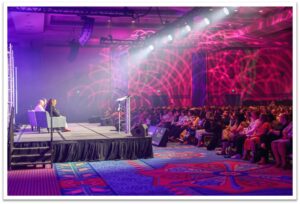
Humanized, Authentic Content and Outbound Engagement to Build Trust
Another key insight from GSMCON was the growing imperative for Government agencies to adopt a more humanized and transparent approach to social media to build public trust. Organizations are finding success by showcasing behind-the-scenes insights, sharing day-to-day experiences and highlighting the individuals behind public service roles. This approach fosters a sense of connection and positions Government not just as an authority, but as an accessible, community-oriented partner.
In the session “Government Social, But Make It Engaging: Cutting Through the Digital Noise,” speaker Ben Cathers, Senior Principal Solutions Consultant at Hootsuite, highlighted how leveraging storytelling, transparency and timely responsiveness helps establish strong relationship foundations with the public. Outbound engagement and active social listening, such as monitoring citizen feedback and responding directly to concerns, demonstrate accountability and attentiveness.
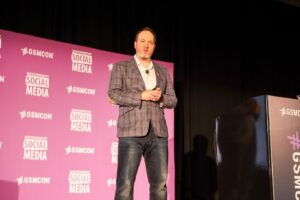
Strategy and Planning Saves Time and Boosts Impact
For Government organizations operating with budget constraints and small social media teams, strategic content planning is a force multiplier. Implementing a structured content calendar enables teams to batch-schedule posts weekly, saving time and labor resources. This approach not only improves efficiency but also ensures alignment with key civic deadlines, public service announcements and Federal holidays. Centralizing publishing and engagement in a single tool provides a unified interface for scheduling, approvals and performance analytics, streamlining workflows and maintaining consistency across platforms. Moreover, leveraging analytics from these tools empowers teams to refine their strategy over time, focusing on what resonates most with their audiences. With social media management solutions from our partners at Hootsuite, Public Sector social media teams can maximize limited resources and make a significant impact.
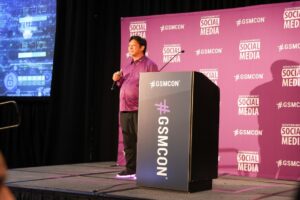
AI is a Valuable Tool, not a Replacement
During the keynote panel “Striking a Balance with AI & Government,” panelists discussed the strategic role of artificial intelligence (AI) in enhancing Government communication and social media engagement. While AI presents significant opportunities to streamline routine content creation, such as drafting social media posts, generating captions and optimizing video content, Public Sector organizations must approach its adoption with clear governance.
As highlighted by panelist Julie Tappendorf, Equity Partner of Ancel Glink, PC, AI should augment rather than replace human expertise, particularly in areas requiring legal oversight or the nuanced voice of public servants. Establishing clear policies around AI application safeguards both the integrity of Government messaging and public confidence.

Developing a Strategic Crisis Communication Plan
Effective crisis communication in the Public Sector hinges on thorough preparation, clear protocols and agile response strategies. In the session “5 Things to Build Now Before the Next Crisis,” Juan Diasgranados, Public Affairs Manager of Miami-Dade County, emphasized a critical best practice of developing pre-written message templates tailored to common crisis scenarios, which should be pre-approved by legal counsel to ensure compliance and accuracy. These templates must cover internal communication, public messaging and media outreach to provide consistent, timely information across all audiences. Additionally, establishing a comprehensive crisis communication plan, with clearly defined roles and approval workflows is essential. The plan should be concise, easily accessible and regularly reviewed to remain current with organizational changes and emerging risks.
Sarah Loyd, Head of Product Success and Evangelism at Social News Desk emphasized another best practice for crisis engagement, which includes issuing an initial “standby” statement to acknowledge awareness of the situation, pausing routine content and maintaining transparency through timely updates. Continuous monitoring of public feedback and misinformation is crucial to address concerns promptly.
To further explore the tools, trends and strategies shaping digital engagement in Government, visit Carahsoft’s Customer Experience and Engagement Solutions page and see our portfolio of Government Social Media solutions.

